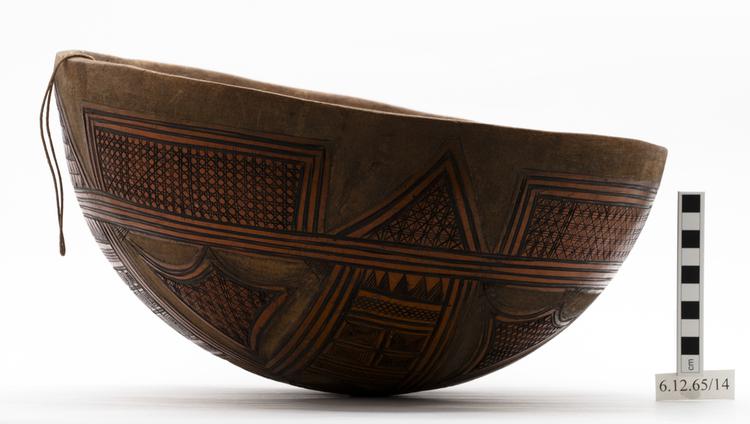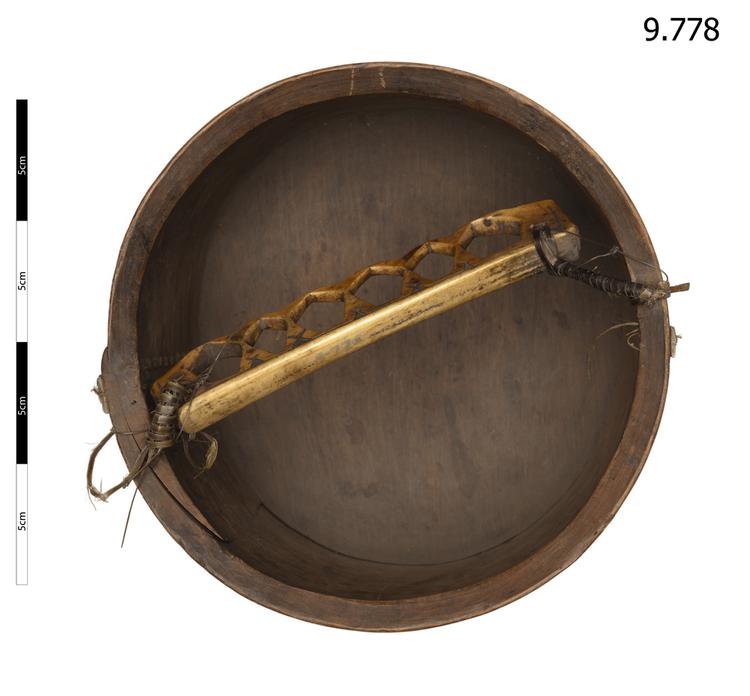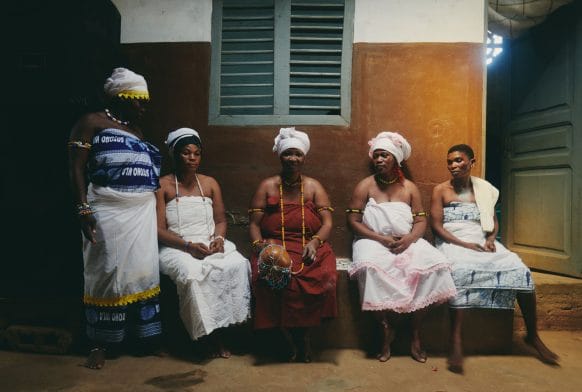
Long lanceolate spear-club of akatara type, with raised scalloped forms along the blades. This example is of the narrower style of akatara.
Serrated Spear-Club, Momore Akatara, Mangaia, Cook Islands, Central Polynesia. This weapon type from the Cook Islands is unique its very refined, scalloped profile. Speaking more generally, this momore akatara is one of several different kinds of ‘spear-club’ formerly made in much of Central and Eastern Polynesia. Both in their shapes, and the ways they were used in battle, they combined the qualities of the spear, the quarterstaff and the long war-club found elsewhere. They were versatile and effective weapons, and this short example (at 1.75m) illustrates that their primary drawback lay in their length; what gave the warrior attacking range on the open beach or at sea was a hindrance in close woodland, and made the momore akatara unusable indoors. The club is cut from the heartwood (taiki) of the toa tree (Casuarina equisetfolia, ironwood), and is exceptionally hard. This style of scalloped spear-club is generally understood as having been manufactured on the island of Rarotonga, although the object’s donor believed it to have been acquired on Mangaia; other examples were acquired elsewhere in the Cook Islands, and so it is quite likely that such momore were circulating as Rarotongan export commodities within the local economy. Wood. Late 19th Century. Formerly in the private collection of H. Hollman.
fighting

































































































































































































































































































































































































































































































































